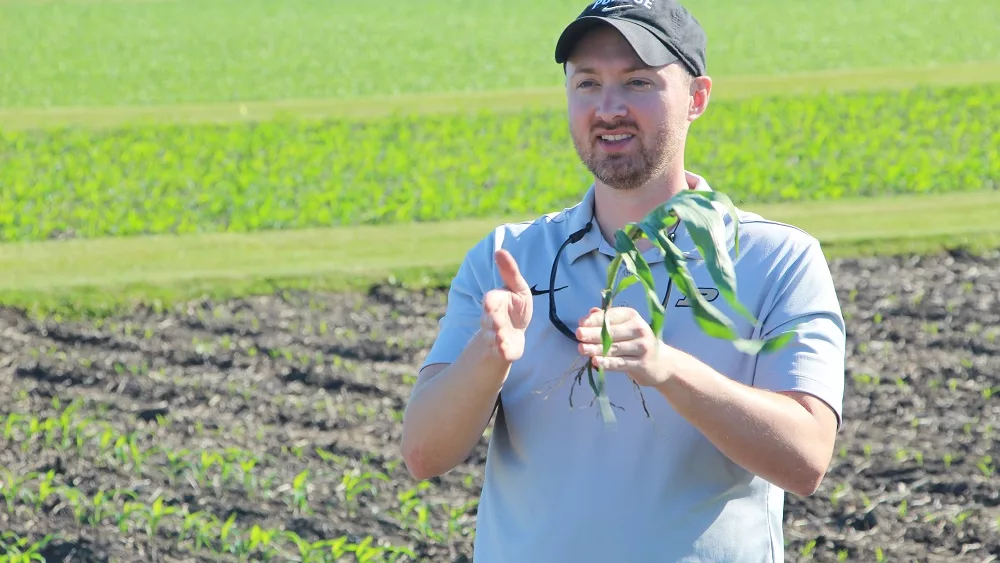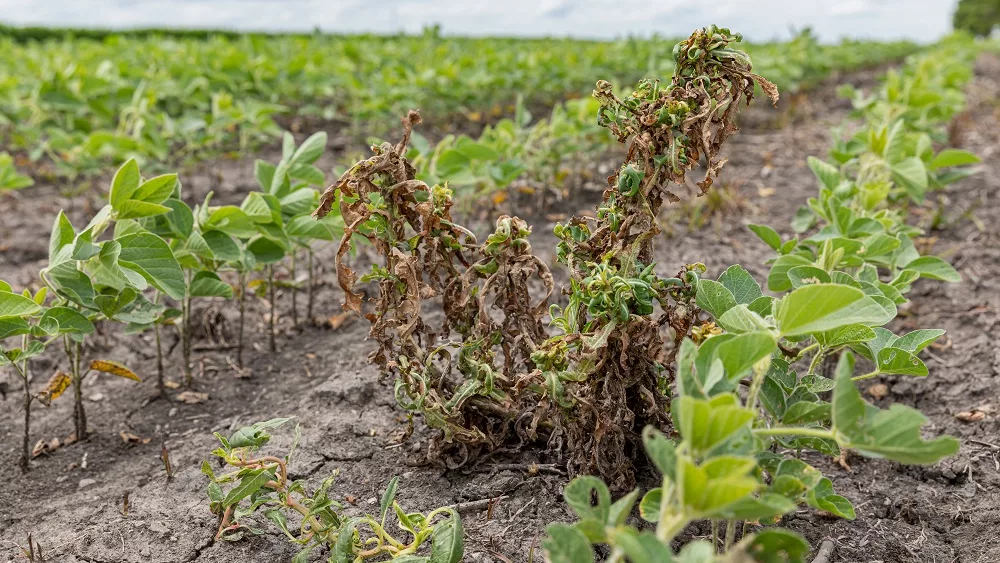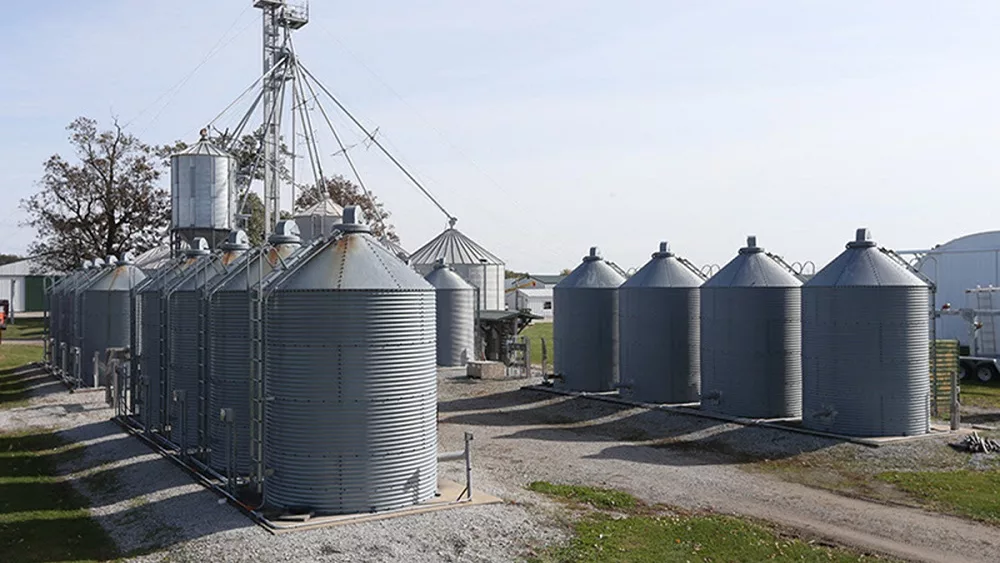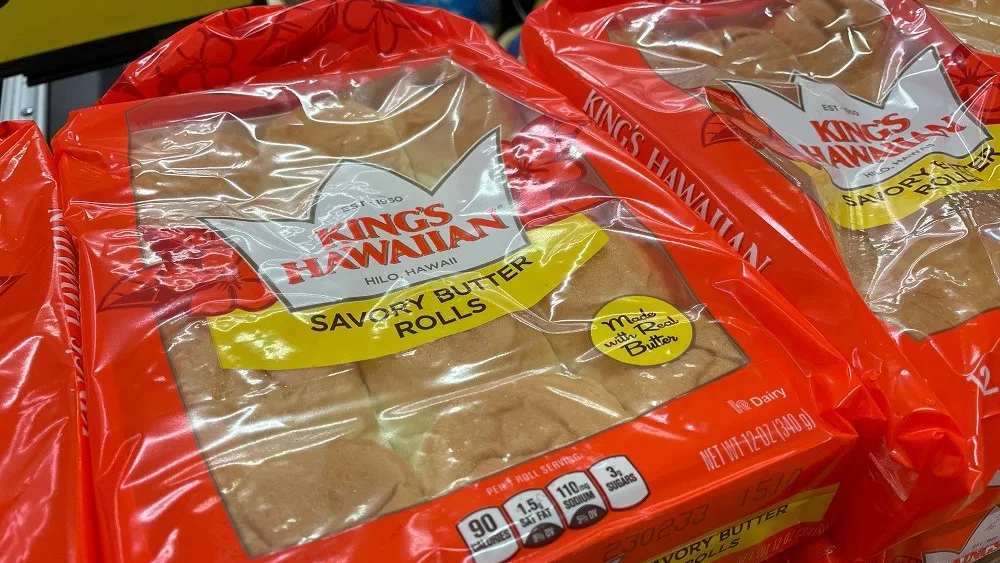200 bushel per acre corn and 61 bushel per acre soybeans- that’s what USDA projected for Indiana yields in their Crop Production report last Thursday. Purdue Extension’s Dan ‘Corn’ Quinn and ‘Soybean’ Shaun Casteel say both would be record breaking if realized. The guys discuss how we got here in the latest Purdue Crop Chat podcast, available now below or wherever you listen to podcasts.
“I’ve talked to multiple farmers that say this is the best they’ve ever seen,” says Quinn, who adds that he’s been seeing some 300-bushel corn in spots around the state. “It’s just unbelievable. The genetics we have, and I think the planting progress was very timely this year. We got really well-established crops. We accumulated heat units early, we got the root establishment, that crop just got off to a really good start and we caught the rainfall when we needed it in really critical periods. It resulted in just phenomenal yields all around the state.”
Casteel says disease pressure was low this season, helping boost soybean yields.
“A little bit of white mold surprised us here and there, but we didn’t have a widespread disease issue per se. So, we got a nice healthy crop. That goes back to compact plants, so you don’t have a lot of biomass that’s got this environment that’s harboring all those pathogens and all that. So, that was really a great spot for us.”
Quinn and Casteel are both playing the same “What if?” game that farmers are playing after prolonged dryness at the beginning of the season that everyone kept saying took the top off these yields.
“We did lose out on some,” says Casteel. “Which is crazy to say in a year that is a state record and farms and fields are running 75-85 bpa averages. I had plenty of fields, plenty of farmers that said, ‘I’m running mid 80s for my field average.’ Dan talked about seeing the 300-bushel mark on corn, well there were spots going over the 100-bushel mark on soybeans. I’ve got a few treatments that were, flat out, 101-bushel average.”
Quinn and Casteel also discuss surprising results from their research trials this year, including what they’ve seen with biologicals, in the Purdue Crop Chat. Hear it now in the new Hoosier Ag Today mobile app- a free download for iPhone and Android.





